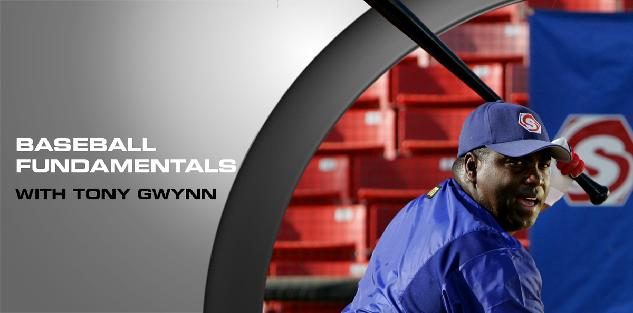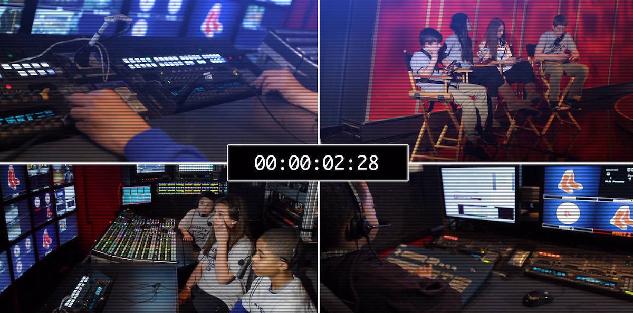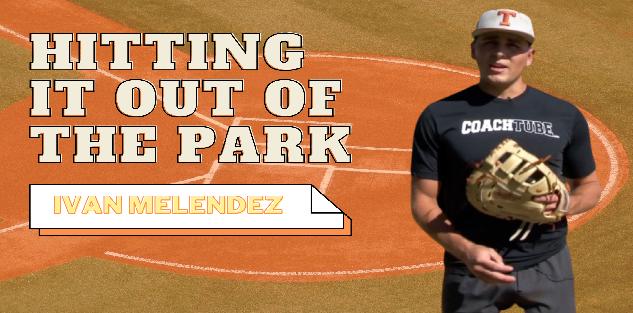Featured courses
- Understanding The Shift by Brandon Ogle
- Two Drills to Improve Outfield Movement and Communication by Grant Young
- The Ultimate Resource For Coaching Youth Baseball by Jackson Chlebowy
- Become a Master at Bunting by Brandon Ogle
- 5 Reasons Why There Is More To Good Base Running Than Just Speed by Brandon Ogle
- Three Injury-Prevention Tips For Your Offseason Pitching Program by Grant Young
- How to Teach Hitting to the Next Generation by Grant Young
- Developing Defensive-Minded Baseball Catchers by Grant Young
- 3 Baserunning Tips to Score More Runs in Baseball by Grant Young
- 5 Outfield Drills to Work on in Season by Alec Burris
- Keys For Scoring More With Runners on First and Third Base by Grant Young
- How to Develop Your Game to Become a Five-Tool Player by Brandon Ogle
- 3 Coaches Share the Keys to Running Baseball Practice the Right Way by Grant Young
- Four Drills to Sharpen a Baseball Hitter’s Vision at the Plate by Grant Young
- Four Quotes to Hit Better With Two-Strikes by Grant Young
- Four of Former MLB Pitcher Juan Nieves’ Movement-Based Pitching Drills by Grant Young
- Two Tips For Developing an Elite Baseball Bullpen by Grant Young
- Overcoming the Four Challenges of Indoor Baseball Practices Because of Weather by Grant Young
- Three Tips to Make Your Baseball Team Mentally Tougher by Grant Young
- Three Priceless Philosophies to Motivate Your Baseball Team by Grant Young
- Three Offseason Baseball Drills to Simulate Competition by Grant Young
- Three Baseball Offseason Strength and Conditioning Essentials by Grant Young
- Important Ways to Improve Your Baseball Team’s Baserunning by Grant Young
- Three Ways to Perfect Hitting Mechanics From an MLB Icon by Grant Young
- Catchers can influence pitchers...for bad or good by Drew Johnson
- Throwing Strikes and Playing Good Defense Equals Wins by Jose Ortiz
- Legendary Indiana Head Baseball Coach Bob Morgan’s Offensive Theory by Grant Young
- Tennessee Head Baseball Coach Tony Vitello on How to Practice Baserunning by Grant Young
- Three Great T-Ball Drills For Youth Baseball Players by Grant Young
- How to Manage a Baseball Pitching Staff by Grant Young
- Three Uncommon Tips to Become a Better Hitter by Grant Young
- How a Baseball Coach Can Develop Strike Throwers by Grant Young
- Drills to Develop Elite Baseball Outfielders by Grant Young
- Baseball Training Exercises to Strengthen Arm and Bat Speed by Grant Young
- How to Use Bunting to Score More Runs by Grant Young
- How To Build An Elite Baseball Infielder by Grant Young
- Three Drills to Improve Your Baseball Team's Infield Play by Grant Young
- Three Keys to Curating a Pitching Staff’s Success by Grant Young
- 3 Techniques to Develop a Baseball Player’s Hitting Approach by Grant Young
- How to Cultivate Confidence Within Your Pitchers by Grant Young
- 5 Every Day Drills To Help You Become A Better Catcher by tyler Linderman
- How to Throw A Curveball by Brandon Ogle
- How to Assemble a Lock-Down Bullpen by Brandon Ogle
- How to Throw a Sinker by Brandon Ogle
- How to be a Smart Baserunner by Brandon Ogle
- Improving a player's slugging average by Phillip Woolgar
- The 8 Fundamentals of Pitching by Drew Johnson
- How to Throw a Deceiving Changeup by Brandon Ogle
- Step Up Your Outfield Defense With These Three Drills by Jose Ortiz
- 8 Baseball Drills Every Player Should Practice by Drew Johnson
- How To Become An Elite Defensive Outfielder by Tyler Linderman
- 5 Tips For Crushing A Curveball by Johnny Grassi
- LEGENDS FOR YOUTH INCLUSION BASEBALL CLINIC by Phil
- Fourteen Ways To Turn A .300 Hitter Into A .210 Hitter by Jay P. Granat, Ph.D.
- How To Become The Ideal Leadoff Man by Brandon Ogle
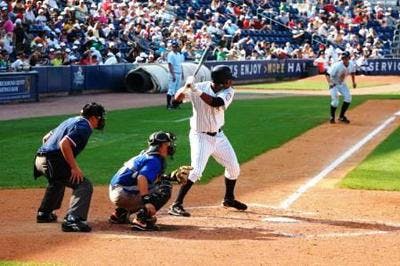
Keys For Scoring More With Runners on First and Third Base
- By Grant Young
Few baseball game situations can have more of an impact on winning than how an offense executes with runners on first and third base.
One reason why is that having a runner on third base with less than two outs places immense pressure on the opposing defense. Teams are forced to make quick decisions on plays, which can lead to errors or miscommunications. This scenario also garners attention from the pitcher, who becomes more focused on the baserunners rather than executing pitches effectively, often leading to mistakes.
Not to mention that scoring with runners on the corners can open up strategic options for coaching staff. By successfully scoring, teams can have more flexibility with their lineup choices, using speedsters as pinch runners or aggressive base running tactics. It also frees them from worrying about maintaining a close game and allows for more risk-taking, which can lead to even more runs.
A team that can consistently bring in runs from first and third base has a better chance of winning close games. This ability can translate to favorable standings, potential playoff berths, and may even define the competitive nature of the season in tight divisions.
All of this is another way of saying that a team that adeptly scores with runners on first and third not only enhances their chances of winning individual games but can shift the overall outlook of their season.
But being aggressive in these situations is risky, and can cost runs (and therefore games) if coaches are reckless or don’t understand the best ways of maximizing success in these make-or-break scenarios.
This is where Steve Healy comes in.
Coach Steve Healy is the head coach of the BC High varsity baseball team, a role he has held since the 2022 season. It hasn’t taken him long to produce success, as he guided the Eagles to a 20-5 record in 2024, which resulted in the 2024 Division 1 Massachusetts State Championship. In his three seasons with BC High, Coach Healy has produced a 51-20 overall record.
Coach Healy’s ‘1st - 3rd Offensive Strategies with Steve Healy’ course dives deep into the art of creating scoring opportunities when runners are on first and third base, covering a wide range of tactics, from fundamental plays that will emphasize situational awareness, teaching viewers how to read pitchers, catchers, and infielders to maximize offensive potential. We’ve pulled some crucial tips from his clinic and included them below.
Pitching Matchups and Defensive IQ
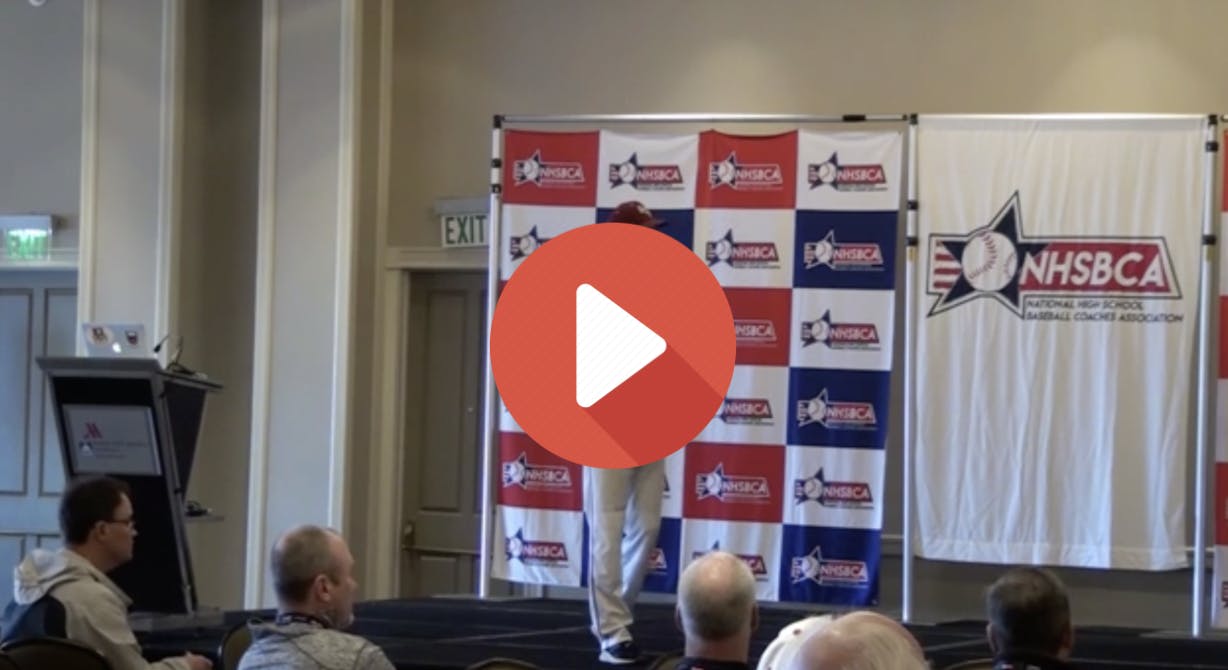
Coach Healy explains that the most important factor to consider when deciding whether to run a play with runners on first and third is what pitcher is on the mound for both your team and their team.
When it comes to your team, it might only take a few runs to win if your ace is on the mound. Therefore, it makes more sense to try to steal one run in a first and third situation early in a game compared to a game where you might need to put up multiple crooked numbers in order to compete.
In addition, if the opposing pitcher is an ace, teams might have to scratch and claw to get any runs across. So when any opportunity presents itself, teams would be wise to take advantage.
It’s also important to consider the entire opposing infield and catcher. Are these all experienced guys, or are they freshman or more inexperienced up the middle? Have they played together for a long time? How athletic is the first baseman, and can they execute a strong and accurate throw to home in a pinch if need be? Is the first baseman a lefty, which makes for a more awkward and slower throw home when receiving a throw from the pitcher or from second base?
These are all questions and scenarios that a coach should know when deciding whether to put a first and third play in place.
Safety Squeeze: When to Play it Safe (And When Not To)
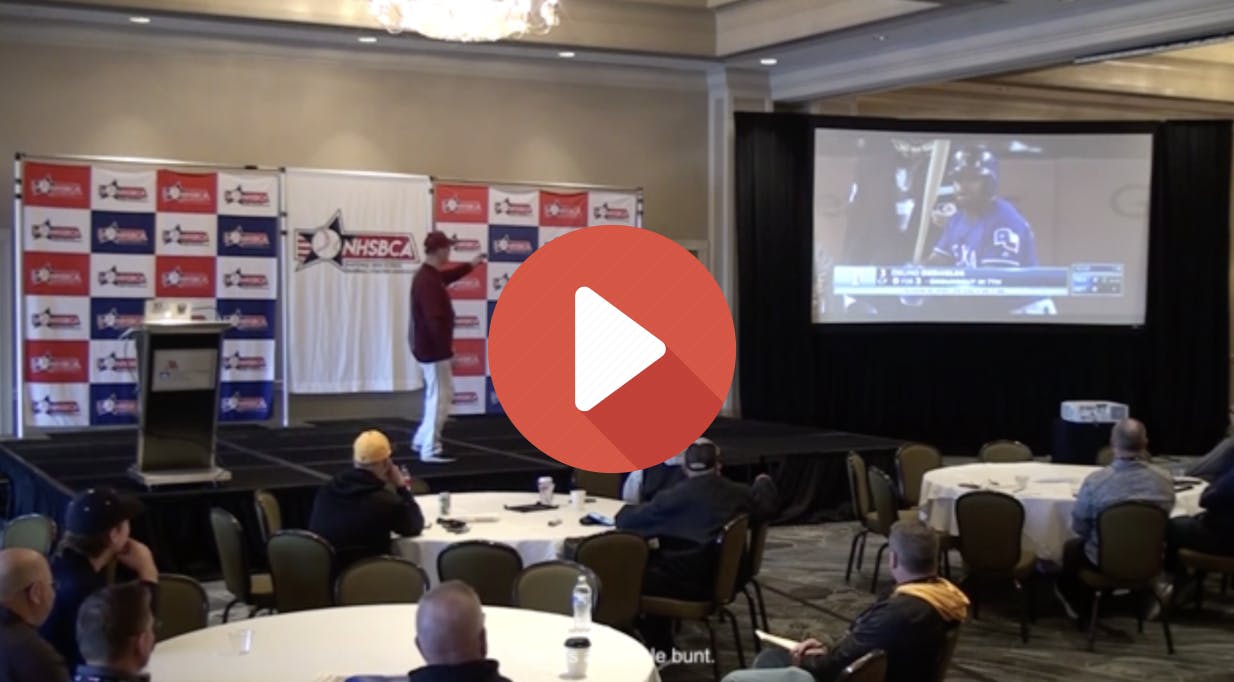
When deciding whether to execute a safety squeeze in a first and third scenario, a coach needs to keep in mind when in the game they are and how many runs they need.
If they’re up a couple runs late in the game and want some added insurance, a safety squeeze is a great option. If it’s early in the game and you’re already down by four, you should test your luck with a timely hit.
In addition, Coach Healy discusses how the difference between being safe and out at home plate during a safety squeeze is the runner’s feet.
The entire time, the baserunner on third needs to be anticipating seeing that ball get bunted, which will prompt them to head home. But they also need to be gaining ground with their feet down the line.
Of course, there’s a fine balance with this, because they can’t have too much forward momentum to the point where the catcher can back-pick them if the bunt isn’t laid down, but they need to be able to score if the bunt is executed, even if it isn’t perfect.
Coach Healy also discusses how the runner on first needs to be aware of what’s happening. If safety squeeze fails and the runner on third gets caught in a rundown, they should be making an effort to get to third base before the runner is tagged out (especially if there are no outs in the inning).

